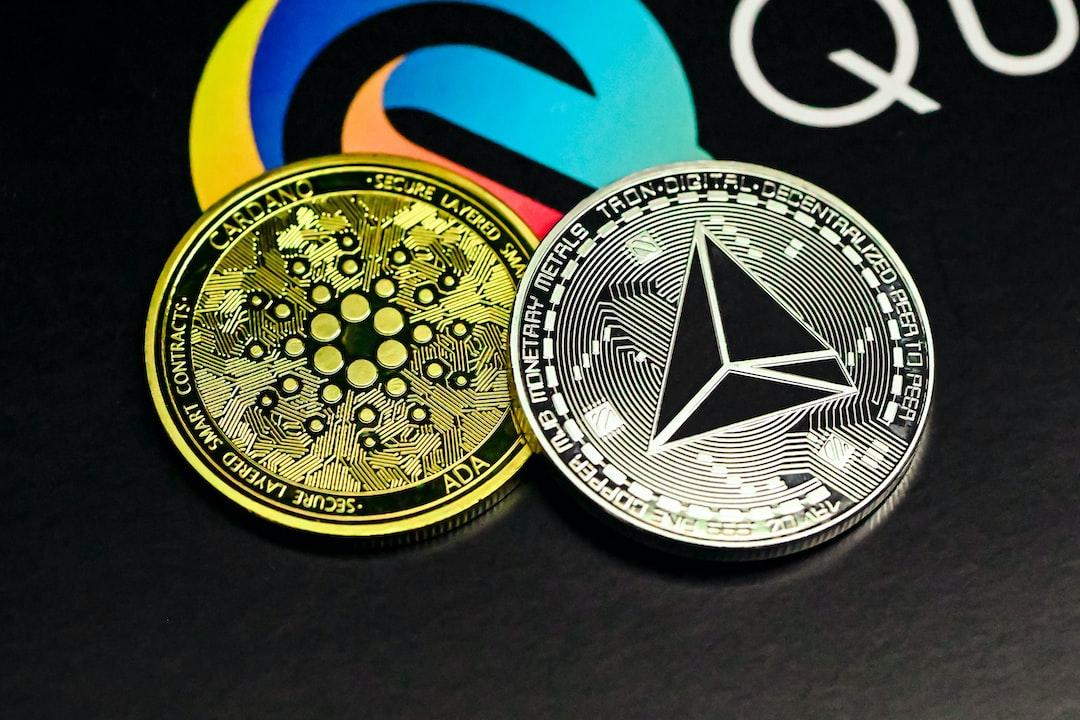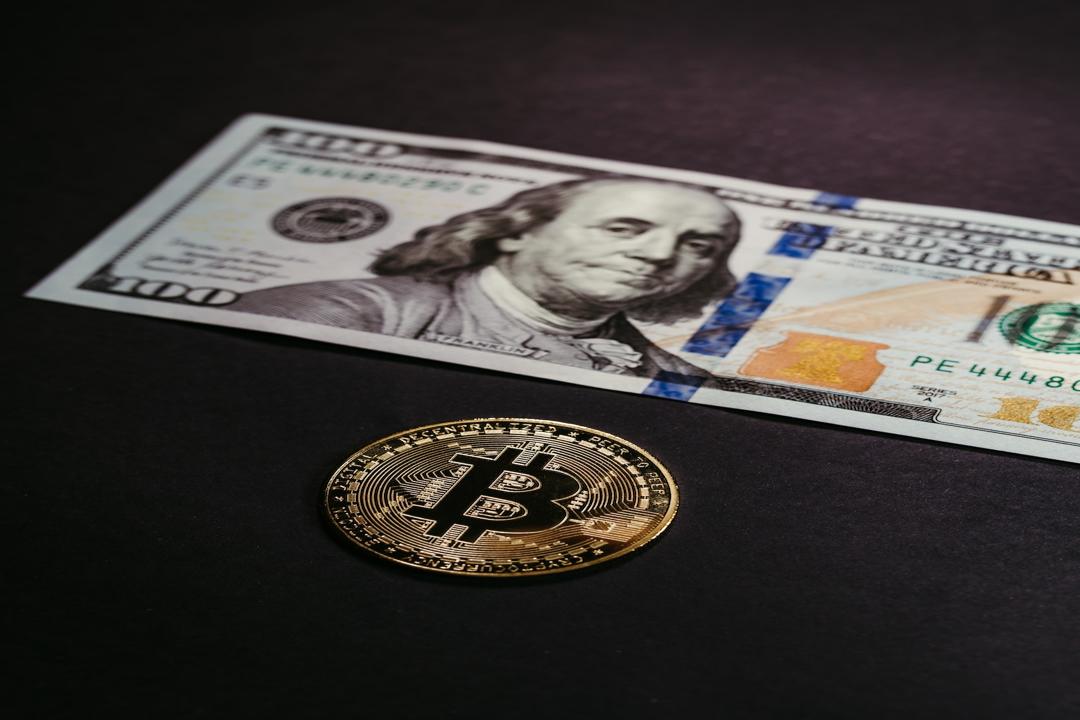Forget to bring your card or change when taking the MRT or bus? The “Travel Code,” which can be used with your mobile phone, has become a new payment option.
What is the TWQR Travel Code?
The “TWQR Travel Code,” launched jointly by EasyCard and the Financial Information Service Co., Ltd. (FISC), officially went live on March 24. Its goal is to integrate payment standards across buses, MRTs, light rail systems, and ferries. The first wave of financial institutions to support this include eight public banks, such as Taiwan Bank and Land Bank, as well as Chunghwa Post. Users simply need to open their existing banking app, display the travel code, scan it, and the fare will be directly deducted from their account.

Launch Ceremony of the “TWQR Travel Code” on the 24th
The launch ceremony for the “TWQR Travel Code” was held on the 24th, with key figures in attendance, including the Chairman of FISC, Lin Kuo-liang, the Commissioner of the Central Bank, Wu Guihua, the Deputy Commissioner of the Financial Supervisory Commission (FSC), Chen Yan-liang, Deputy Secretary-General of Kaohsiung City, Wang Hong-rong, the Chairman of EasyCard Corporation, Liao Tai-hsiang, and the Chairman of Kaohsiung MRT, Yang Yue-kun.
Image source: EasyCard Corporation
Future Prospects for Public Transportation Payments
Chen Yan-liang, the Chairman of the FSC, stated that in the future, there will be no need to carry credit cards, prepaid cards, or cash when using public transportation. Instead, people will be able to scan the travel code on their phones to make payments. This development is not only a technological advancement but also offers the public more convenient and diverse payment options.
What is the TWQR Travel Code? Where can it be used?
The TWQR Travel Code, co-launched by EasyCard and FISC, is a new application that extends the TWQR platform, launched in 2023 for cross-institutional electronic payments, to the transportation sector. Currently, the TWQR Travel Code is supported by various public transport systems, including:
- Kaohsiung MRT
- Kaohsiung Light Rail
- Taichung MRT
- New Taipei MRT (Danhai Light Rail)
- Various buses and ferries in different counties and cities.
In addition to EasyCard, which has already provided travel code payment services, the first wave of financial institutions supporting the TWQR Travel Code includes Taiwan Bank, Land Bank, Cooperative Bank, First Bank, Hua Nan Bank, Chang Hwa Bank, Mega Bank, Taiwan Business Bank, and Chunghwa Post. More private banks and electronic payment institutions are expected to join in the future.
Lin Kuo-liang, Chairman of FISC, stated that discussions are underway with international payment providers, aiming to allow international travelers to use the TWQR system for transportation payments, thus enhancing Taiwan’s digital payment environment.
Will Taipei Metro Support Scanning Codes in October, Making the Travel Code Service More Widespread?
As the first electronic payment company in Taiwan to provide QR Code travel codes, EasyCard, in collaboration with FISC, has launched the TWQR Travel Code and serves as the acquirer for transportation operators. Its main task is to assist financial institutions in producing a unified TWQR travel code standard.

TWQR Travel Code Service Officially Launched
The TWQR Travel Code service is now officially available for use on public transport systems, including MRTs, light rails, buses, and ferries.
In the past, TWQR was mainly used in “forward scanning” mode in restaurants and stalls, where merchants display a single QR Code for consumers to scan to complete payment. The TWQR Travel Code, on the other hand, uses “reverse scanning,” allowing users to open their existing apps to generate a travel code QR Code, which they can then display for scanning to quickly pass through entry gates.
In other words, the core of the TWQR Travel Code payment standard lies in whether different operators can instantly generate barcodes in a unified format that can be scanned for use by transportation systems. EasyCard, which originally specialized in electronic tickets, has already integrated various transportation modes and thus became a driving force in the joint establishment of the travel code standard with FISC.
Other electronic payment providers offering QR Code travel codes include JKO Pay, EasyWallet, and iCash Pay. They each support different public transportation systems, and their usage scope is limited by their integration progress. On the other hand, Taipei MRT, as the largest urban rail transit system in Taiwan, is expected to begin supporting the travel code scan only after the new generation of gates is launched in October, which is one reason why the travel code service is spreading slowly domestically.
With the official launch of the TWQR Travel Code, it remains to be seen whether more transportation systems will be integrated, attracting more electronic payment and financial institutions to join. This will promote the integration of domestic transportation payment standards and accelerate the popularization of travel code services by electronic payment providers, which is worth continued observation.
Article co-published from: Digital Age

